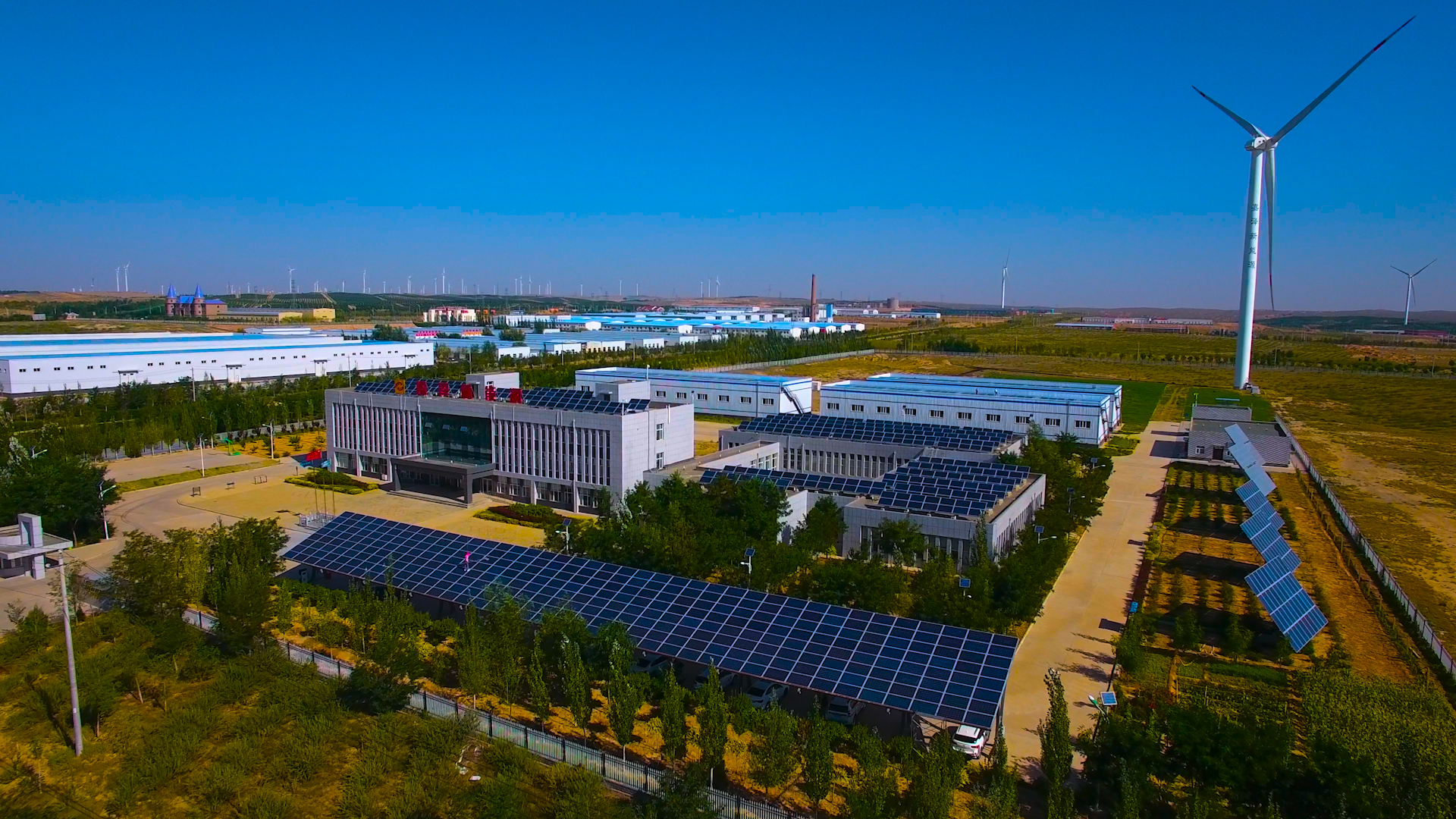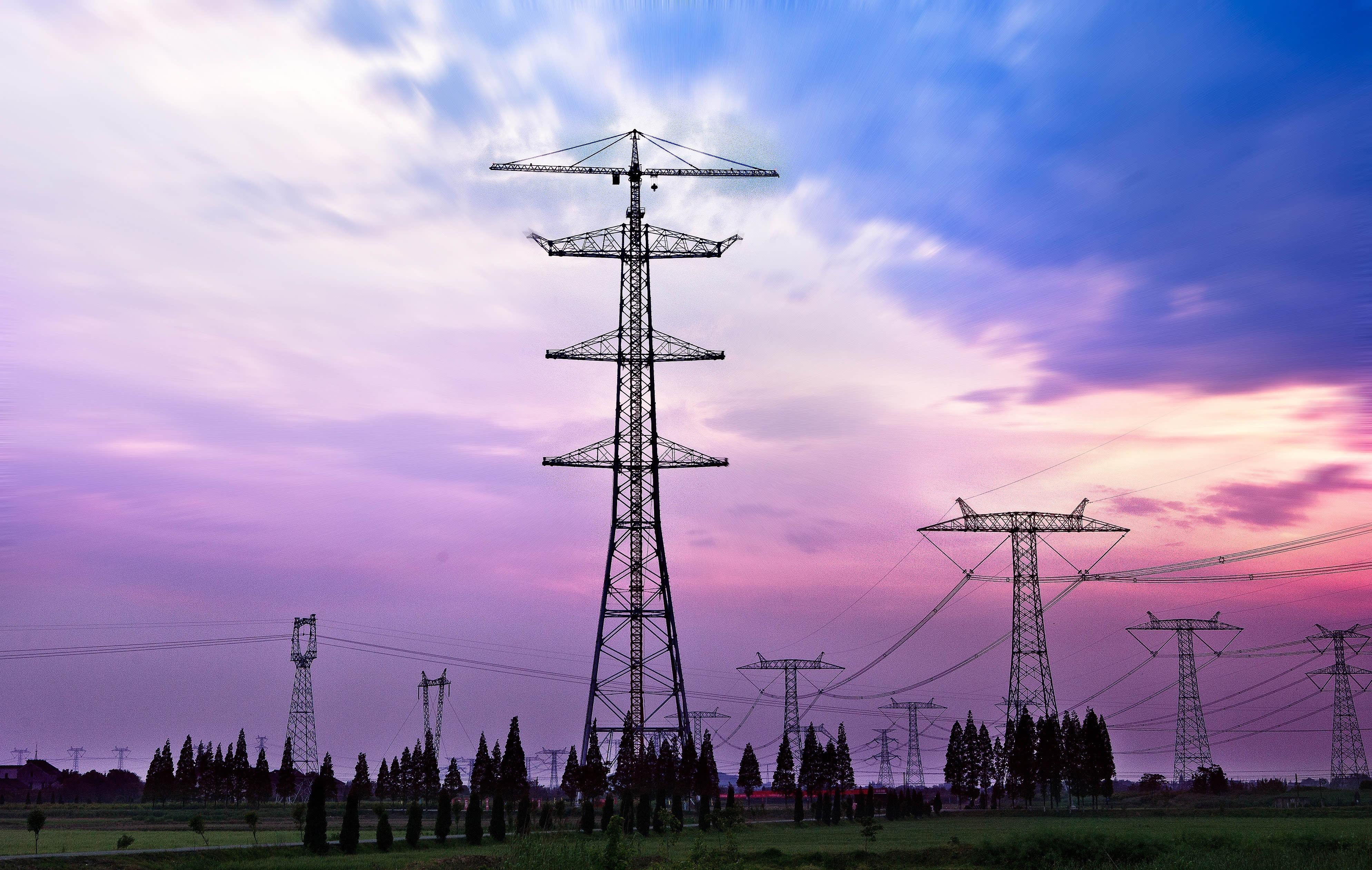
Nov. 23.2023, 17:01 Uhr Zurück zur Liste
Die Schlüsseltechnologie des intelligenten Mikronetzes
Die Entwicklung und Implementierung intelligenter Mikronetze basiert auf mehreren Schlüsseltechnologien. Erstens ist der Einsatz neuer Energie- und erneuerbarer Energieerzeugungstechnologien von wesentlicher Bedeutung. Derzeit basieren intelligente Mikronetze hauptsächlich auf verschiedenen erneuerbaren Energiequellen wie Photovoltaik und Windkraft sowie Wasserstoff, Erdgas und Biogas. Diese ausgereiften Energieerzeugungstechnologien ermöglichen eine diversifizierte und nachhaltige Energieversorgung.
Secondly, energy storage plays a crucial role in microgrids. It helps to balance the intermittent nature of renewable energy sources by providing peak shaving and valley filling capabilities. Several energy storage technologies are currently being used, including battery energy storage, flywheel energy storage, superconducting magnetic energy storage, and supercapacitor energy storage. While lead-acid batteries are currently the most mature energy storage technology, they face issues such as short lifespan and lead pollution. However, the marketization of graphene batteries, which offer high energy, low cost, and high-quality performance, holds great promise for the future of energy storage in smart microgrids.

Drittens unterscheiden sich die Optimierung und Verteilung der Energie in intelligenten Mikronetzen von herkömmlichen Stromnetzen. Intelligente Mikronetze nutzen eine horizontale, sich ergänzende Energieoptimierungs-Dispatch-Technologie. Dies ermöglicht die effiziente Nutzung verschiedener Energiemanagementsysteme zur Realisierung von Wärme-, Strom- und Kälteleistungen. Darüber hinaus ermöglicht es den direkten komplementären Ersatz zwischen verschiedenen Energiequellen wie Licht/Strom, Wärme/Kälte, Wind/Strom und direktem/Wechselstrom-Energieaustausch. Die hierarchische und geordnete Energieverteilung in den Quellen-Speicher-Last-Verbindungen sorgt für eine optimale Energienutzungseffizienz.
Lastly, smart microgrids require effective protection and control technologies. With multiple power sources and loads in operation, adjustments and control through the energy storage system or the external power grid are necessary to accommodate load changes and power supply fluctuations. The microgrid control center handles the regulation, switching, and control of these power supplies. It monitors the power parameters, switching status, power quality, and energy parameters of each new energy power generation system, energy storage system, and load. Additionally, the microgrid control center focuses on energy saving and improving power quality to enhance the overall performance of the smart microgrid.

The rapid development of smart microgrids is reshaping the traditional power grid landscape. These microgrids establish an exchange of energy with the larger power grid, serving as backups for each other. This active distribution network enhances the reliability of power supply by integrating the capabilities of distributed energy resources. Smart microgrids offer great potential in reducing energy consumption, improving power system reliability, and enhancing flexibility. As a result, microgrid technology has gained significant attention and is seen as a new direction for power system reform. The marketization process of key equipment in smart microgrids will accelerate the advancement and performance of these technologies.
Verwandte Produkte:
Elektrochemischer Energiespeicher FlexPIus-EN-512
Wird bei Verstoß entfernt
Referenz-Website:https://www.sohu.com/
-
Wireless DC Charging: The Next Frontier in Contactless EV Power Delivery
NachrichtAug.04,2025
-
Hybrid BMS Energy Controls: Integrating Renewable Energy Sources
NachrichtAug.04,2025
-
Blockchain for Secure and Decentralized EMS Power Systems
NachrichtAug.04,2025
-
AI-Driven for Smart Grids: Energy Management System (EMS)
NachrichtAug.04,2025
-
Advanced Distribution Management System (ADMS) Energy
NachrichtAug.04,2025
-
5G-Enhanced BMS Energy Savings: Ultra-Low Latency Control
NachrichtAug.04,2025























